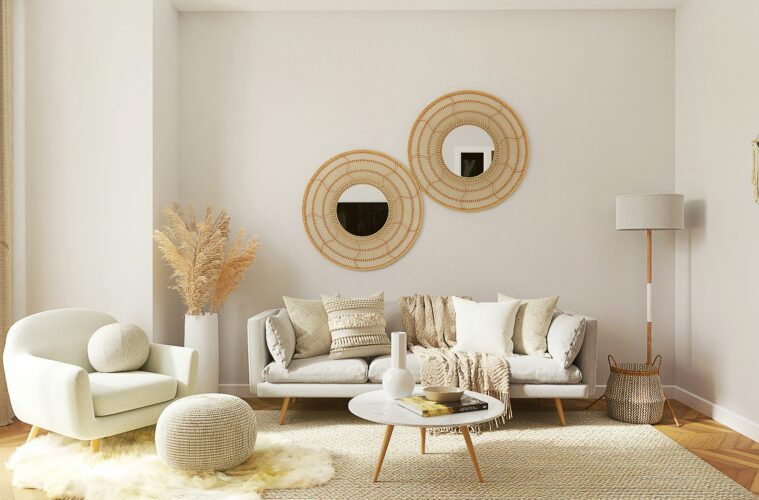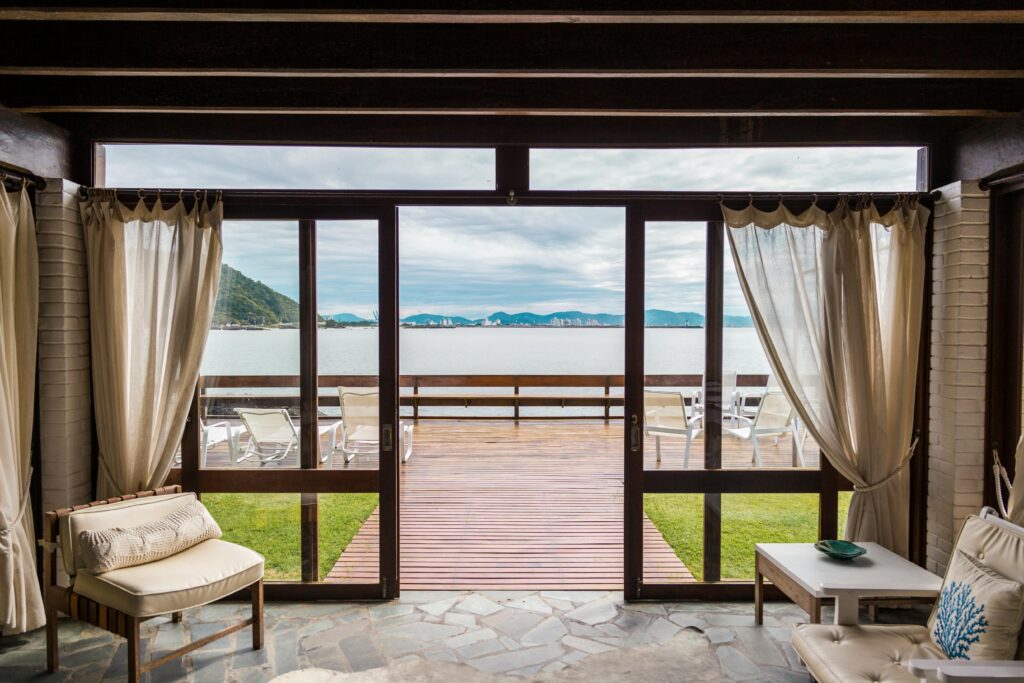Creating an efficient living space is about designing a home that works for you. Whether you live in a small apartment, a family home, or anything in between, even small adjustments can have a big impact on comfort and daily functionality. By making simple, practical upgrades, you can maximize the use of your space, reduce unnecessary clutter, and streamline your lifestyle. These changes don’t require major renovations or a large budget. They focus on easy-to-implement improvements that enhance convenience and efficiency. Below are four simple upgrades that can help transform your home into a more functional and enjoyable place to live.
Smart Storage Solutions
One of the most effective ways to improve efficiency at home is by rethinking storage. Clutter can quickly overwhelm a living space, making it feel smaller and less functional. Installing built-in shelving, under-bed storage drawers, or multi-functional furniture such as ottomans with hidden compartments can make a noticeable difference. For smaller kitchens, pull-out pantry racks or vertical shelving can optimize space without requiring structural changes. Even simple changes like wall-mounted hooks, over-the-door organizers, and stackable storage bins help keep things tidy.
Window Upgrades for Comfort and Efficiency
Upgrading your windows is one of the simplest ways to improve comfort and energy efficiency in your home. Modern window solutions enhance the aesthetic appeal of your living space and help maintain consistent indoor temperatures year-round. Installing double glazed windows throughout the house can significantly reduce heat loss during winter and limit heat gain in the summer. This upgrade minimizes outside noise, creating a quieter and more peaceful environment. Beyond energy savings, well-chosen windows can increase natural light, improve ventilation, and even boost your home’s value, making it a smart long-term investment. Energy-efficient windows can help lower monthly utility bills, providing financial and environmental benefits.
Energy-Efficient Lighting
Lighting is often overlooked when it comes to home upgrades, but switching to energy-efficient options is practical and cost-effective. LED bulbs, for example, consume significantly less energy than traditional incandescent bulbs while lasting much longer. Beyond cost savings, good lighting placement improves functionality within each room. Installing under-cabinet lighting in the kitchen makes food preparation safer and more efficient, while adjustable floor lamps or smart bulbs can help tailor brightness levels for work, relaxation, or entertainment. Adding dimmer switches provides flexibility and helps reduce energy usage.
Smart Home Technology
Incorporating smart home devices can streamline daily routines and improve efficiency in surprising ways. Smart thermostats automatically adjust heating and cooling based on your habits, reducing energy waste while maintaining comfort. Voice-activated assistants can manage reminders, shopping lists, or control lighting and appliances with simple commands. Even small investments, like smart plugs, allow you to schedule electronics or turn them off remotely, eliminating wasted energy. For those who work from home, smart systems can create an environment that balances productivity with relaxation, automatically dimming lights at night or setting the thermostat for focus-friendly conditions during work hours.
Efficiency at home doesn’t have to come from massive renovations or expensive upgrades. By focusing on practical improvements such as smarter storage, energy-efficient lighting, smart technology, and space-saving furniture, you can create a living space that is comfortable and functional. These small changes work together to reduce waste, minimize clutter, and improve the flow of your daily life. In the end, efficiency is about making your home work better for you, so that you can enjoy more time, energy, and peace of mind in the place you call home.
Published by HOLR Magazine.




